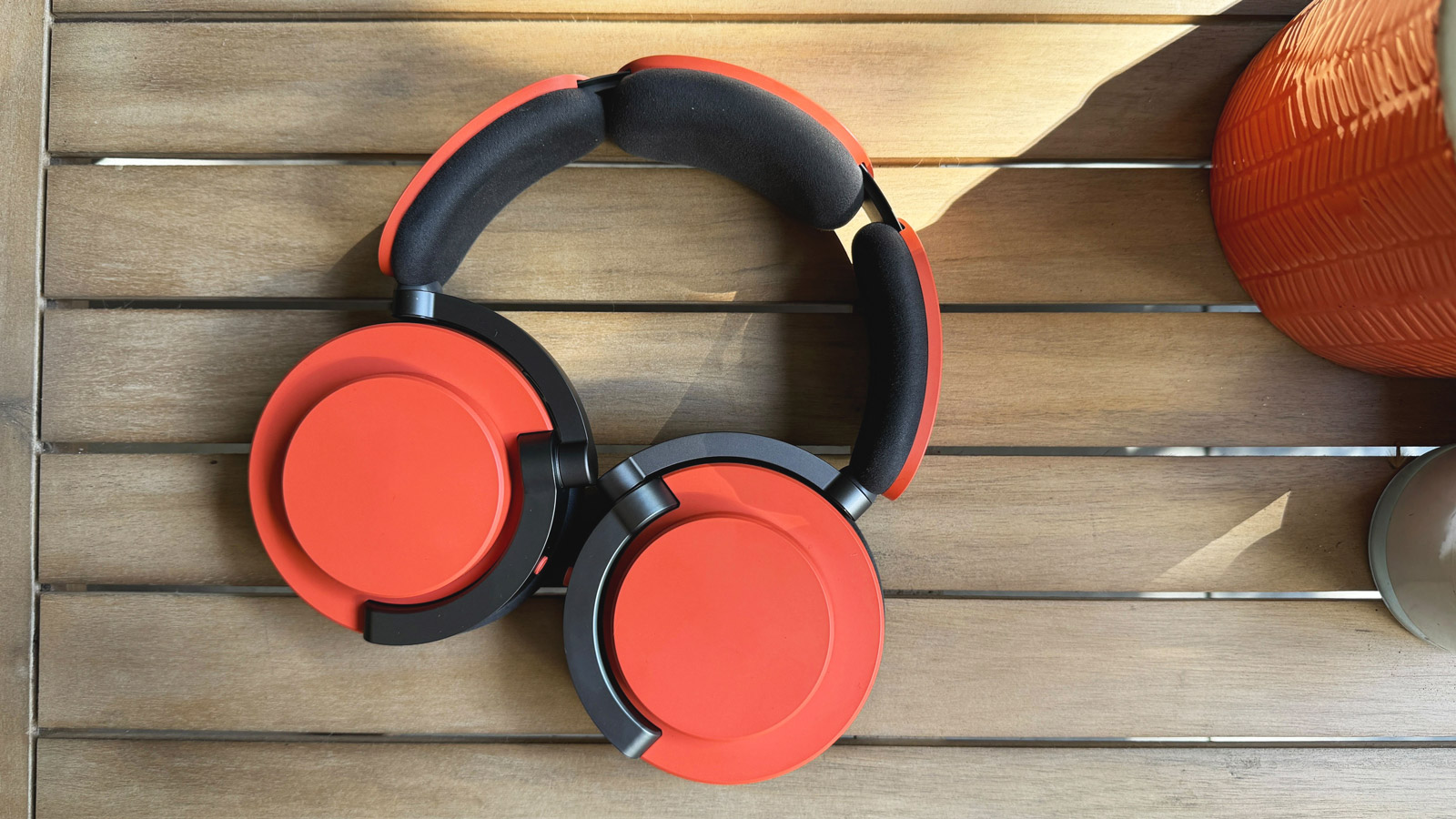
Dyson OnTrac: Two-minute review
Well, the Dyson Zone wasn’t an April Fool’s joke and the company best known for its vacuums was indeed dead serious about entering the audio market – because, lo and behold, we now have Dyson’s second pair of headphones. This time around, they go without the Bane-like air purification mask and, instead, focus solely on what’s important to a pair of headphones: sound quality. It also introduces a more accessible aesthetic in the process.
Called the OnTrac, Dyson is now unequivocally aiming for a share of a crowded market currently occupied by some of the best headphones and best noise-cancelling headphones from more well-established brands.
The OnTrac’s spec sheet certainly implies Dyson is in with a fair shout. Music is delivered via custom 40mm neodymium drivers that are tilted 13˚ towards the ear, which allows your ear canal to suck up the waves as confidently as the maker’s iconic vacuums. ANC is onboard, which utlizes a custom algorithm to cancel up to 40dB worth of unwanted ambient noise and, in practice, it works very well indeed, with office chatter all but silenced and screaming babies on trains dulled to a whisper. It doesn’t quite reach the lofty heights of the best-in-class sets (Bose, I’m looking at you), but you can also do an awful lot worse.
Comfort is subjective. I have to agree that, despite the size and 451g weight of the OnTrac, it doesn’t feel like it when worn, thanks in no small part to Dyson’s rather clever move of attaching two small battery units to the headband (rather than the ear cups) for more even weight distribution. But the weight does become a little uncomfortable over prolonged periods (something I don’t experience with my daily pair of Sonos Ace cans). I do appreciate the fact that the OnTrac can be customized to a great degree thanks to interchangeable ear cushions and ear cups, plus the headband is available in four color finishes. It makes an already unique-looking set of headphones even more so.
On the sound quality front, the Dyson OnTrac delivers an overall presentation that is cleaner than I was initially expecting. Vocals, in particular are handled with poise and there is a discernible soundstage within which instruments are placed. While detail is also good, the OnTrac lacks dynamic punch and music can sound a little flat. It’s not an offensive or ‘bad’ listen by any means, but when competitors do sound better and for less money, it becomes tricky to recommend.
How much is the Dyson OnTrac I hear you ask? At $499 / £449.99 / AU$799, the OnTrac enters right near the top of the premium headphone market, and immediately gains the Apple AirPods Max and Bose QuietComfort Ultra as natural competitors. Sony’s WH-1000XM5 also gets a deserving mention here. These three pairs all represent some of the best wireless headphones currently available and all come from established brands. In the OnTrac, Dyson has to be rather optimistic, expecting potential customers to part with a big chunk of cash despite not having a lot of audio experience.
If you value having the option to customize your headphones, though, and you want something that is genuinely unique, the OnTrac should be at the top of your wishlist. And if Dyson can release a future firmware update that allows for greater customization of the EQ, it could be onto a genuine winner.
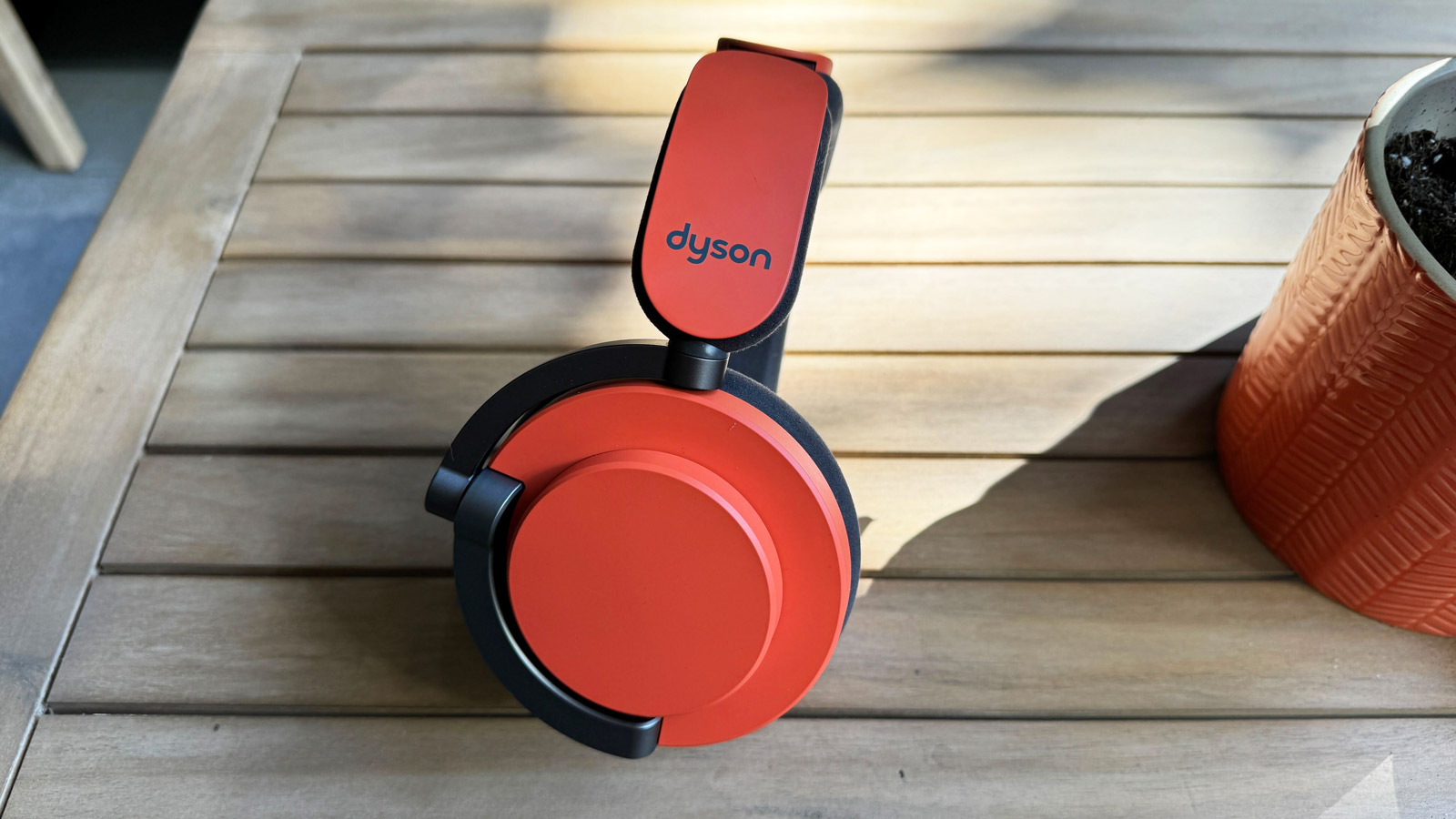
Dyson OnTrac review: Price and release date
- Announced July 18, 2024
- List price of $499 / £449.99 / AU$799
- Additional cost for customizing ear cushions and ear cups
The Dyson OnTrac headphones were announced on July 18, 2024 and are now available to purchase outright directly from Dyson and select authorized retailers for $499 / £449.99 / AU$799. At this price, they sit at the upper end of the premium headphones market. The Apple AirPods Max are officially priced higher at $549 / £499/ AU$899 but can be picked up at a discounted price during big sale events, while the Bose QuietComfort Ultra – comfortably the best noise-cancelling headphones available right now – retail for $429 / £449 / AU$649 and, again, are often discounted.
If you want to customize your OnTrac headphones, ear cushions and outer caps are available for $49.99 / £49.99 / AU$79.99 a pair, although, at the time of writing, these are only available directly from Dyson.
For anyone else wanting to personalize their headphones, adding one pair of each soon adds up, so you’ll need deep pockets if you want to unleash the full potential of Dyson’s latest headphone effort.
Pricing the OnTrac so high definitely doesn’t work in its favor. It’s fair to say Dyson isn’t a ‘market leader’ when it comes to audio products, so to price its second pair of headphones much higher than five-star pairs from established audio brands is a bit delusional. Even if the OnTrac were brandished with a Sony or Bose logo, it would still be a tough sell. If the headphones were brought down to around the $400 / £400 / AU$600 mark, I think it would be a bit easier to be a little more positive about them.
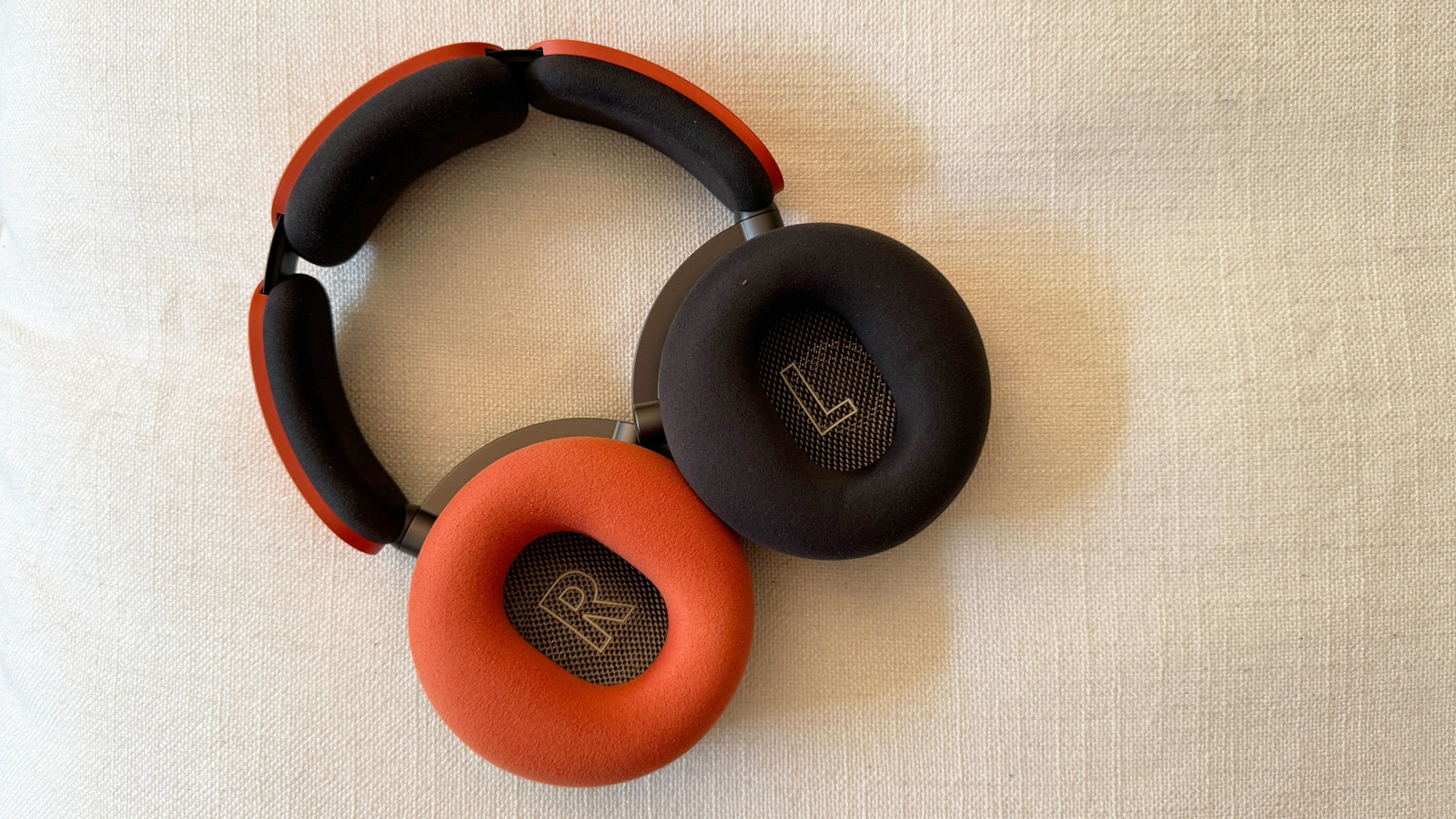
Dyson OnTrac review: Specs
Dyson OnTrac review: Features
- Up to 55 hours battery life
- Good, not ‘best-in-class’, noise cancellation
- No wired listening or hi-res audio
One of the headline features of the Dyson OnTrac is its 55-hour battery life. It’s quite exceptional and eclipses much of its closest competition. The Sennheiser Momentum 4 Wireless (60 hours) and Cambridge Audio Melomania P100 (60 hours ANC on / 100 hours off) are similarly-priced pairs that do better, but nothing from Sony or Bose comes even close. Dyson includes a 1.2m braided USB-C cable in the box for the moment you do eventually run out of juice.
Alongside the exceptional battery life, Dyson is also keen to emphasise the capabilities of its noise-cancellation system. Eight mics are deployed in total across both ear cups to constantly listen to the world around you – 384,000 times a second, Dyson stresses – and cancel out external sound up to 40dB. This isn’t an adaptive noise-cancellation system, meaning it’s either ‘on’ or ‘off’, although there is a Transparency mode that lets in ambient sounds. This can be activated with a strong double tap on either ear cup. If you want to turn it off entirely, you’ll need to use the MyDyson app.
In real-world testing, the noise cancellation works incredibly well. Office chatter was canceled out entirely and screaming babies on public transport were reduced to near-silence. It’s certainly one of the better iterations of noise cancellation I’ve personally come across, although I would say the Bose QC Ultras do still claim the title of truly best in class.
Alongside being able to adjust noise cancellation, the MyDyson app is where you can (sort of) tailor the sound. There are three EQ presets to choose from: Enhanced (on by default), Bass Boost and Neutral. It would have been nice to be given the opportunity to fully personalize the EQ settings in a similar vein to what Bowers & Wilkins or Bang & Olufsen offer through their respective apps.
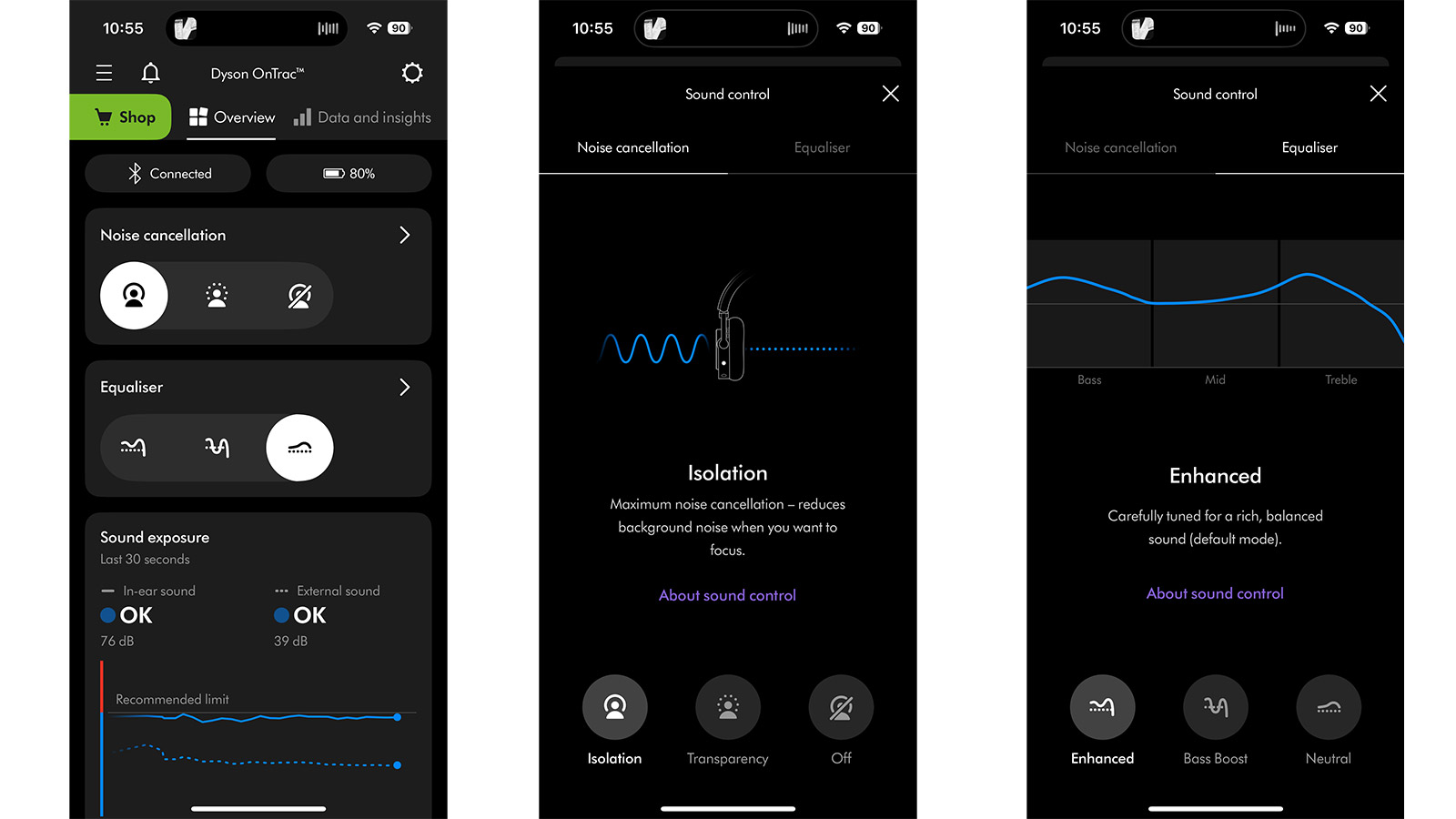
The MyDyson app also displays a live sound exposure graph that constantly monitors noise levels both inside and outside the ear cups, clearly showing you whenever the levels become potentially harmful. It turns out I prefer to listen at a volume level that borders on ‘not recommended’. It doesn’t send you notifications when the audio you’re listening to encroaches into harmful territory, but you can toggle a setting that will ensure the volume doesn’t go above 80dB.
The Dyson OnTrac also features wear detection, meaning they’ll automatically play and pause when you put them on or off respectively, and it works with pinpoint accuracy. The headphones will also turn themselves off after 30 minutes of inactivity.
Elsewhere in regard to the feature set, the OnTrac falls a little short in comparison to the best at this level. Firstly, the Bluetooth 5.0 standard is used which is pushing seven years old and now lags behind Bluetooth 5.3. We’re also starting to see Bluetooth 5.4 show up in equally premium models. While it still serves up a reliable connection to source devices – I did experience the very occasional issue where the app didn’t immediately recognize the headphones were connected – it means some important features are missing, including multipoint connectivity for simultaneously connecting to two devices.
As far as audio codec support goes, the list is pretty short with just the basic SBC and AAC codecs alongside the rather niche LHDC. It’s a bit disappointing that a pair of headphones that cost as much as the Dyson OnTrac doesn’t support aptX in one form or another, or true high-resolution audio. There’s also no support for spatial audio or wired listening.
- Features score: 3.5/5
Dyson OnTrac review: Sound quality
- Clean and detailed
- Bass Boost increases the low end but delivers a pleasant soundstage
- Not the most dynamically adept
Despite their rather ‘in ya face’ looks, the Dyson OnTrac is a lot more delicate in its audio presentation. To earn its pay, Dyson places emphasis on the OnTrac’s ability to cater to a broad frequency range of 6Hz to 21kHz. That’s much lower – and a bit higher – than the human ear can hear, but Dyson says it made the decision to ensure the OnTrac could comfortably handle all sounds within the ear’s range of detection and to minimize distortion at higher volumes.
With the Neutral EQ preset selected, Dua Lipa’s Training Season bops along nicely in its opening verse with a decent helping of bass, and her vocal comes through crisp and cleanly. There is a good sense of space, with instruments and various other aspects of a track being clearly placed. But when compared to other pairs such as the Sonos Ace or the Bose QuietComfort Ultra, the sound delivered by the OnTrac feels more constrained with less room to breathe. It’s feels more like how on-ear headphones sound rather than over-ears, which the OnTrac technically is in the way they fit (I discuss this in the design section below).
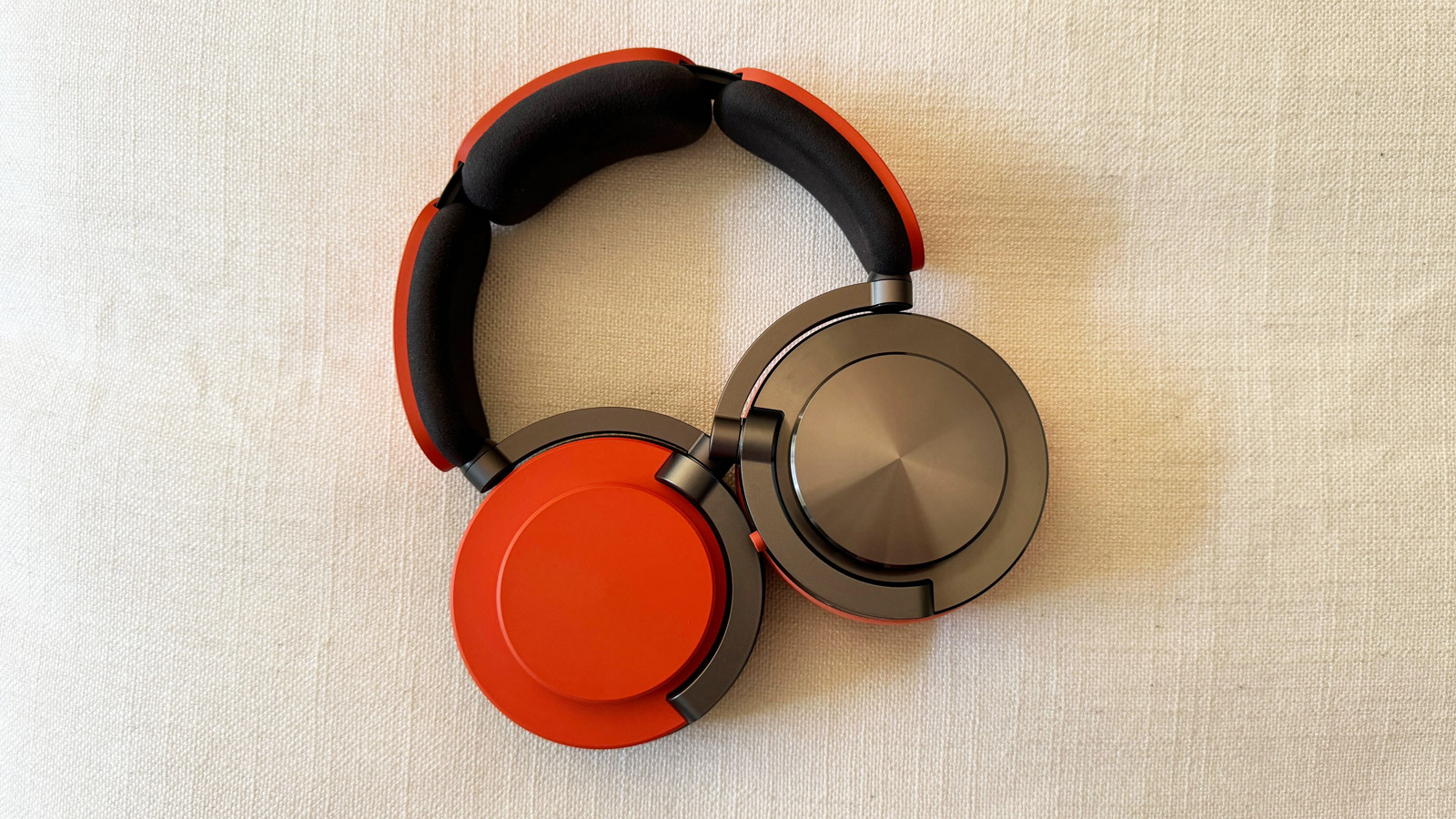
It certainly pays to play around with the EQ presets as I found what worked for one song didn’t necessarily work for the other. Training Season sounded fine on the Neutral preset, but Miley Cyrus’ Flowers was given an extra pop of energy when selecting Enhanced. On several occasions, Neutral flattens things to the point where it wasn’t all that engaging or fun.
And while the OnTrac could certainly keep up with the boogie rhythm of AC/DC’s Whole Lotta Rosie (I am reviewing these in Australia, after all), their lack of dynamic clout is exposed. It’s not to say there isn’t a change between the quieter intro vocal and louder burst of up tempo guitar, it just lacks a little bit of punch compared to some competitors. The Sennheiser Momentum 4 Wireless, for example, are just way more keen to rock out playing the same track. It’s as if they’re saying “alright, let’s do this!” compared to OnTrac's more reserved, “are you sure? You might damage your hearing” mentality.
It’s a similar story with Rammstein’s Los. Comparing the performance of the OnTrac against the Bose QuietComfort Ultra and there’s a noticeable difference in clarity. Till Lindeman’s vocal is far more pronounced when played through the Bose and, when the full band comes in at around 30 seconds, there’s greater depth. The OnTrac sounds more two dimensional in comparison. It’s good in the sense there’s decent drive behind the sound, but there are more competent performers that cost less money.
Bass heads will enjoy the Bass Boost EQ preset as it does certainly ramp up the low end, but it does muffle the overall sound somewhat. The pulsing bass rhythm throughout Planetary Assault System’s Desert Races benefitted far greater from the Enhanced preset instead.
Overall it’s not exactly a bad sound produced by the Dyson OnTrac. It’s clean and can unearth some detail, but their more neutral sound profile won’t be to everyone’s taste. An adjustable EQ could potentially help to some degree, and I hope this can be made available with a future firmware update, but with such a high-end price tag, it would be fair to expect a high-end sound straight out of the box.
- Sound quality score: 3.5/5
Dyson OnTrac review: Design
- Up to 2,000 color combinations
- Large ear cushions for noise isolation
- Can run hot
Dyson’s first foray into headphones was shockingly different to say the least, and while the OnTrac are far more headphone-y, they still deviate from the headphone norms of black, white and the occasional green or blue if a manufacturer is feeling adventurous.
The headband, which employs a modular-like design, is available in four different colors, and each comes with a default set of ear cushions and outer ear cups. Copper features navy-blue headband panels and copper ear cups; Black/Nickel has a black headband and shiny grey ear cups; Aluminum has a black headband, silver ear cups and yellow ear cushions; finally, Ceramic Cinnabar (the color of my review unit) features a coral-like orange headband and matching ear cups.
The headband colorway you choose is what you’ll live with, but the ear cushions and outer ear cups can be swapped out to any of seven choices for each, with a claimed total of 2,000 variations possible, paving the way for complete headphone personalization unlike anything I’ve seen before.
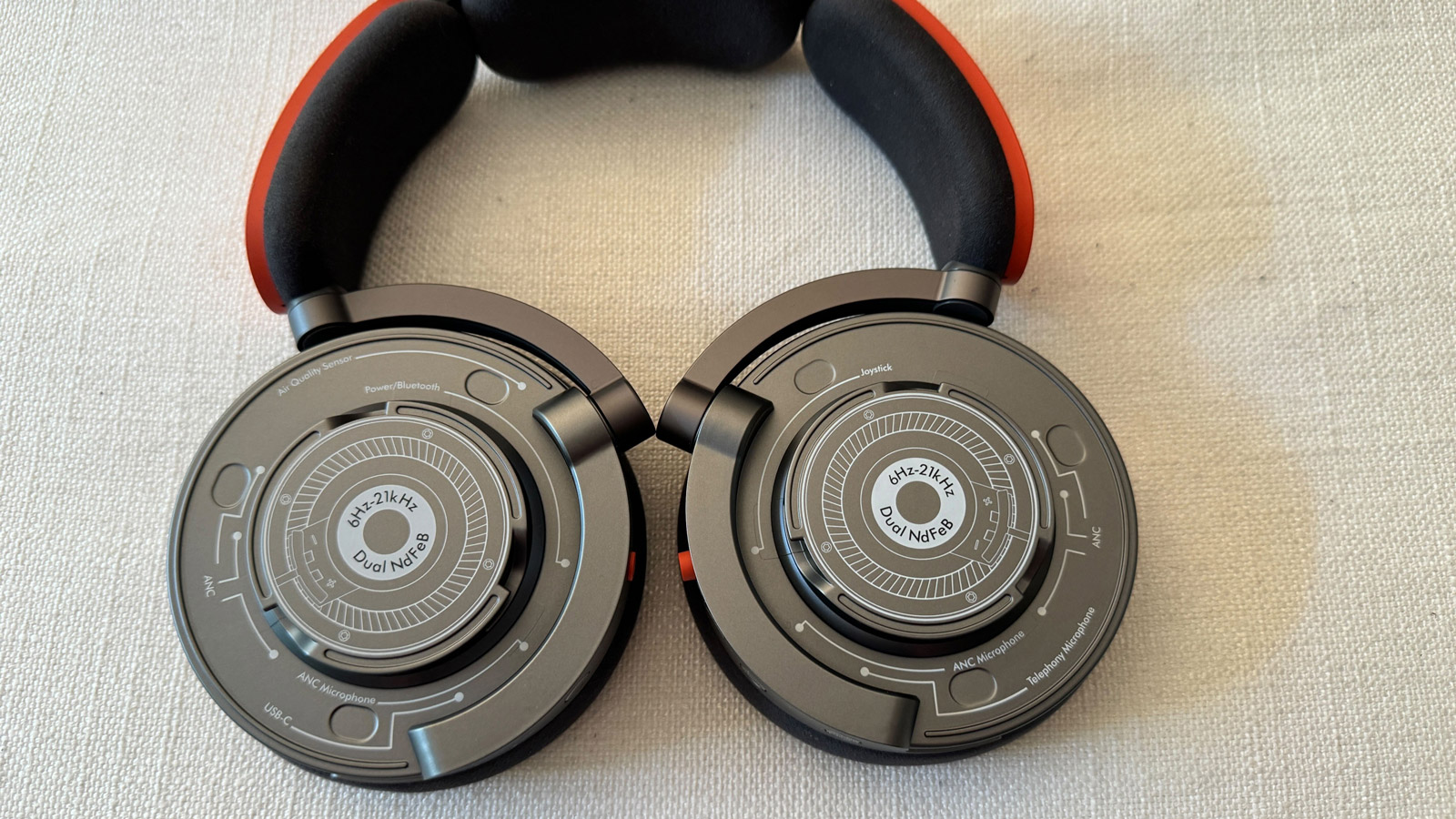
Changing the cushions and cups isn’t difficult, as both come off with a slight twist. When you take the removable ear cups off, Dyson has added a nice little touch on the main ear cup by showing where each component can be found by way of a blueprint-style design.
The ear cups, despite being physically large, are actually incredibly slim and don't protrude much from the head. I previously thought the Sonos Ace were among the more aesthetically pleasing pairs of headphones in this sense, and so I have to give Dyson credit here.
The ear cushions are made from a microfiber material as opposed to the often used memory foam with a PU leather coating. It’s soft to touch and, indeed, soft when they’re on your head. But they’re not exactly what you would call breathable. Dyson has opted for the large cups and cushions to aid with passive noise isolation if you switch noise cancellation off, but also to increase the effectiveness when it’s turned on. But the size of the cushions and the material, combined with the fact they clamp onto your head tightly (which I do ultimately like as it instills confidence they won’t slip off) means things can get real hot real quick. I carried out most of my testing with the season coming into Australian spring and, after wearing them for a couple of hours, my ears were sweating despite the milder temperatures.
I also found I needed to wiggle the OnTrac around more than normal to get a comfortable fit so that the cutouts fully enveloped my ears. By comparison, the Sonos Ace, which I wear on a daily basis, slides right into place with no adjustments needed, making me think I was wearing headphones that felt more like on-ears than over-ears.
The ear cups themselves rotate so that they can be slid into the case and, in theory, you can wear them around your neck. But because they’re so large, it’s incredibly uncomfortable to do the latter.
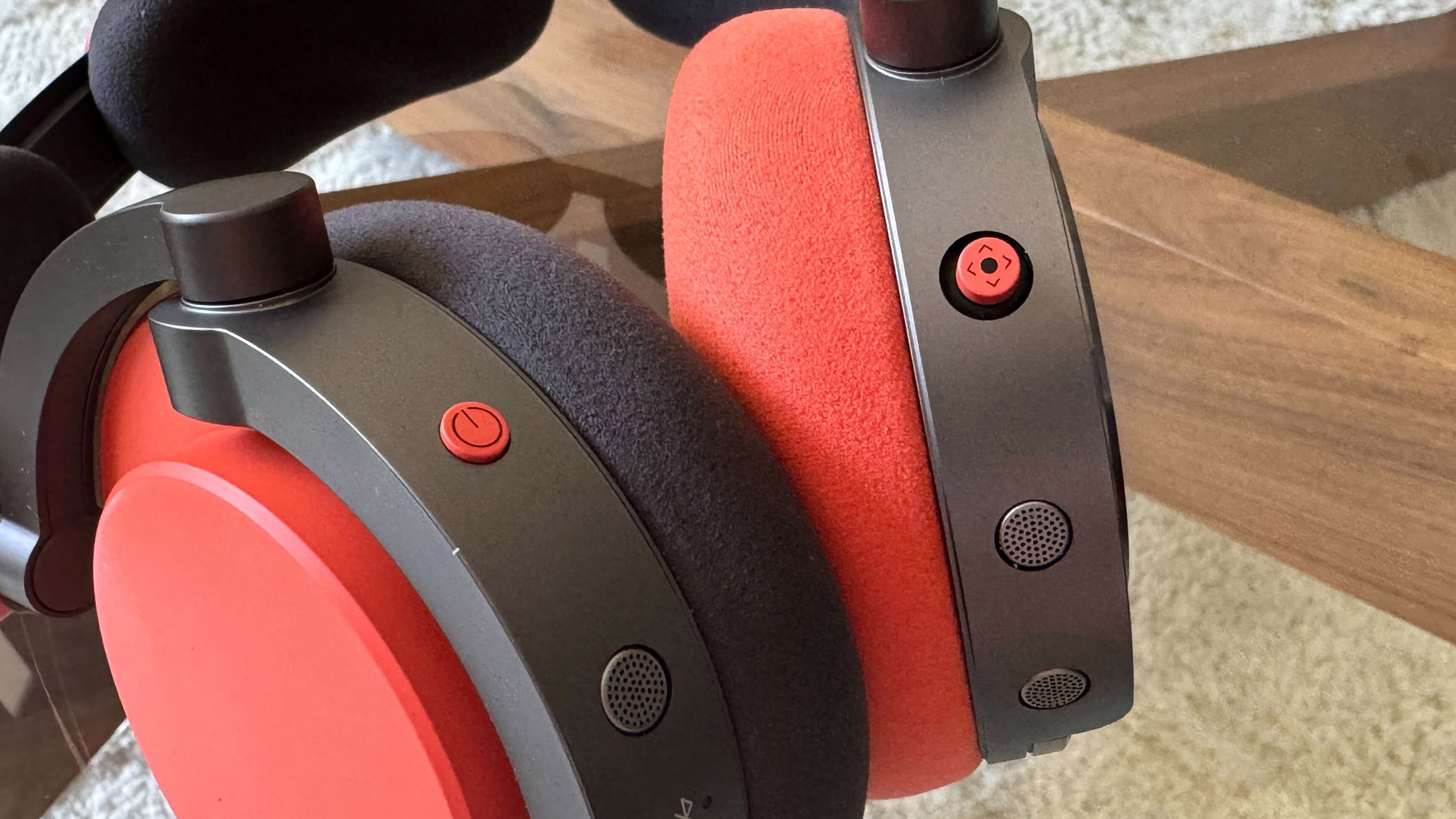

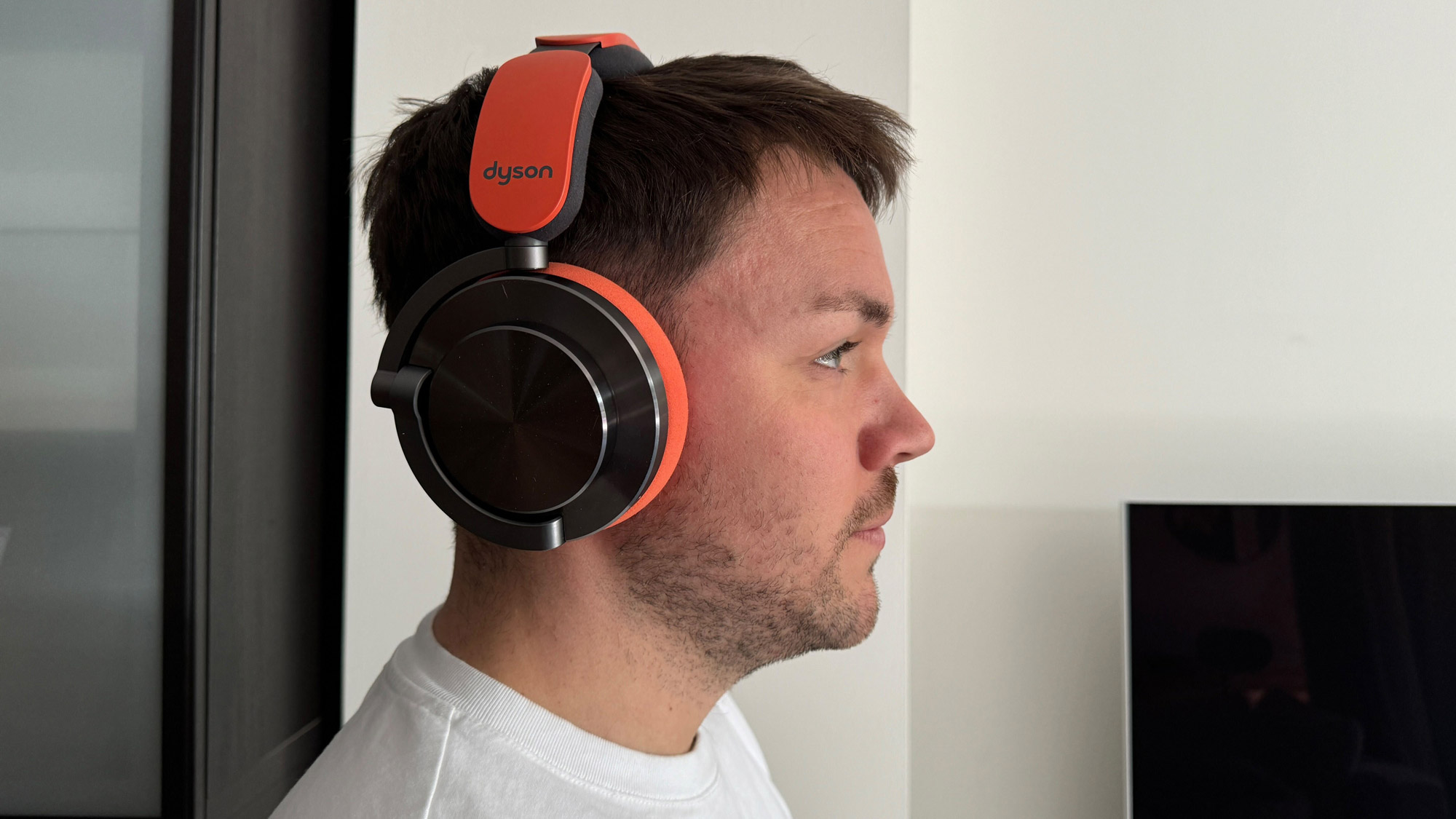
There are two physical buttons on the OnTrac – one button for power and initiating Bluetooth pairing mode on the left ear cup and a small joystick on the right ear cup is used to adjust volume, skip tracks and play/pause. During my testing I found the joystick was responsive for the most part, although I occasionally had issues with adjusting the volume – it didn’t register me thumbing it up or down and I found you may have to give it a really good push. As mentioned earlier, a solid double tap on either ear cup will switch between noise cancellation and transparency modes and you'll get an audible feedback letting you know your command has been received.
The Dyson OnTrac comes supplied with a case (expectedly so, given the price) that has seemingly been inspired by the minimalist slip-case aesthetic employed for the AirPods Max, but offers a little bit more protection than Apple does. Think of a conventional headphone travel case, but remove the zipper sides so you’re left with just the front and back pieces. That’s what Dyson has done here, and attached them with a piece of elastic so when the OnTrac is out of its case it compresses down flat.
The headphones slip back in without any trouble, but they’re exposed at both the top and the bottom, meaning they’re susceptible to dust ingress at the very least and the headband is left exposed for keys to scratch up against it when the case is in your bag. I love the intention of the fold-flat case, but the execution doesn’t quite nail it, and when you’re spending this much on a set of cans, you’re going to want to protect them as much as you can.
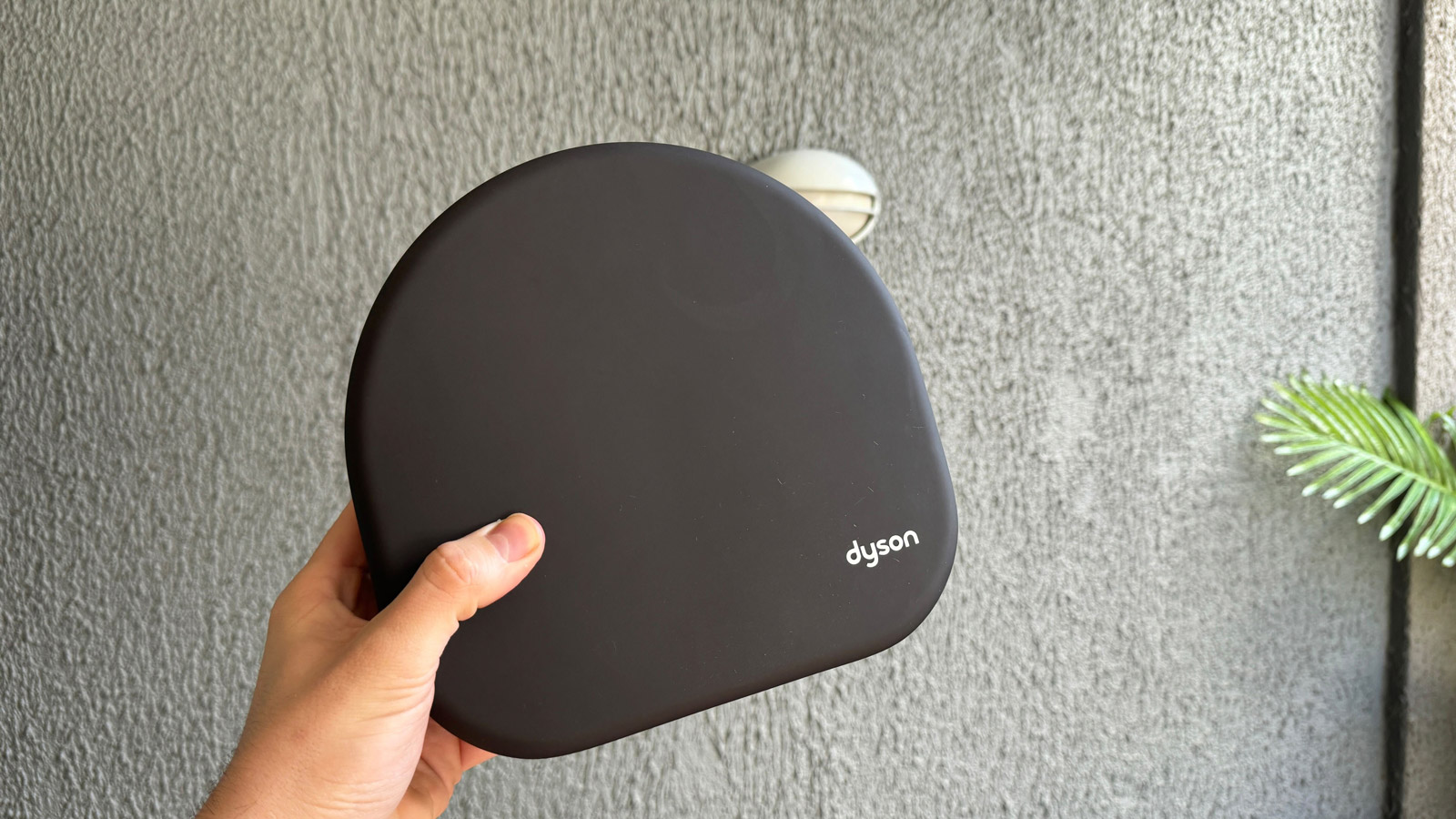
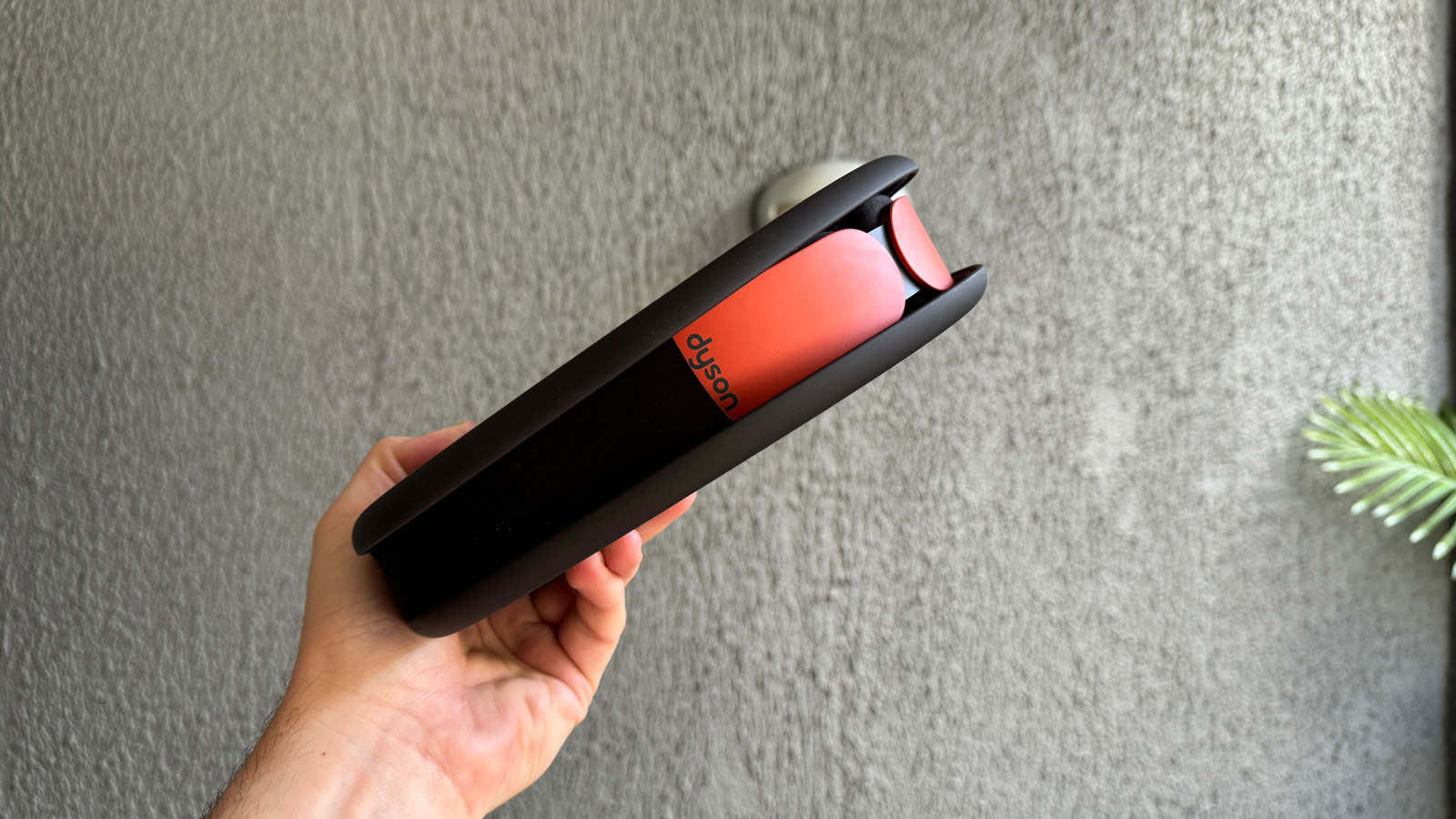
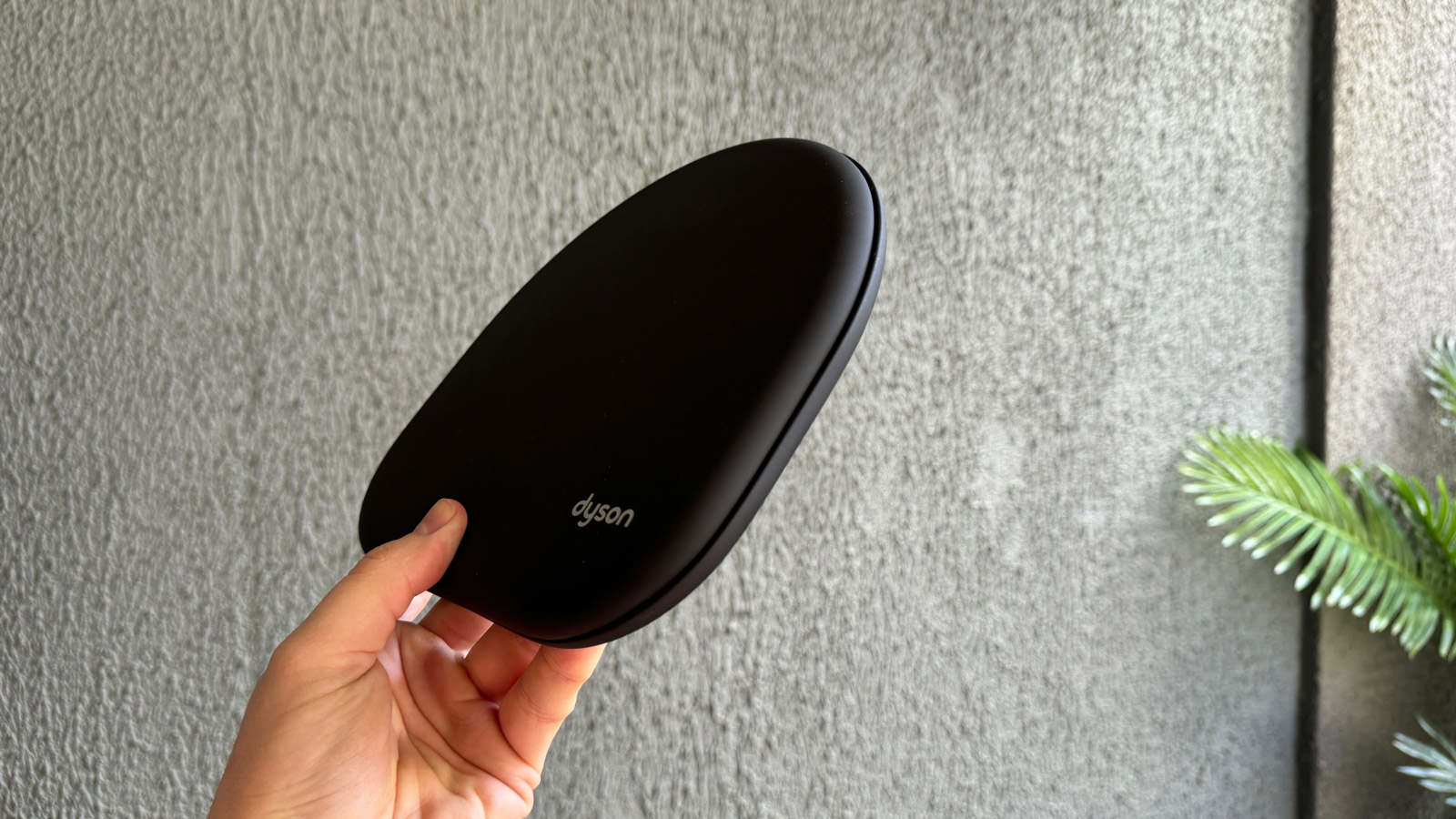
- Design score: 3/5
Dyson OnTrac review: Value
- Cheaper competitors offer better sound and more features
- Customization can get expensive
As I’ve already mentioned, the Dyson OnTrac costs an eye-watering $499 / £449.99 / AU$799. While that seems on brand for Dyson (everything the company makes is expensive), it would be easier to recommend the headphones if they cost a little less. After all, competing pairs of premium headphones have to be considered and, ultimately, the OnTrac falls short of what is now expected in this space. Battery life is fantastic and is a big gold star for Dyson, and the sound is certainly passable, but the fact is you can find greater sonic insight from others.
Hi-res audio support, or at the very least support for wired listening would have been nice to see, too. And, while I do think the ability to customize the headphones is an interesting and unique one, the added cost makes it much less of an impulse decision and I feel Dyson should throw in a bonus set of cushions and/or ear cups with the purchase of a pair of OnTrac headphones to justify the high price tag.
- Value score: 2/5
Should I buy the Dyson OnTrac?
Buy it if...
Don't buy it if...
Dyson OnTrac review: Also consider
How I tested the Dyson OnTrac
- Using iOS and Mac devices
- Using a variety of music genres
- In a variety of real-world scenarios
I used the Dyson OnTrac for a couple of weeks, listening to them at home, in the office and when commuting to work on loud, busy trains. I connected them to an iPhone 15 Pro and a MacBook Pro, and listened to a variety of music genres to determine if and how the EQ presets would affect them. During my two-week listening period, I never had to reach for the charging cable, owing to the OnTrac's incredible battery life.
Read more about how we test
[First reviewed September 2024]







